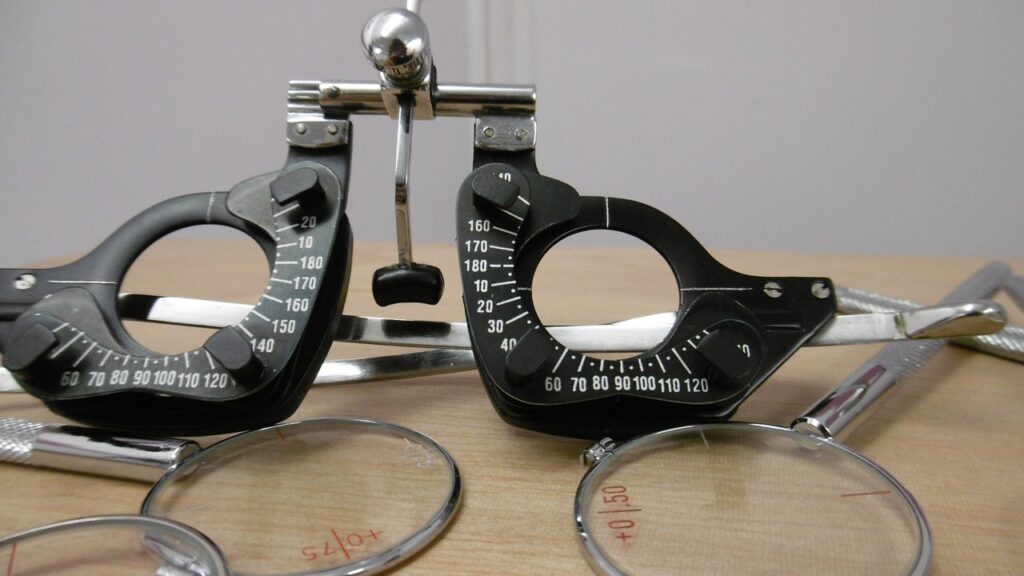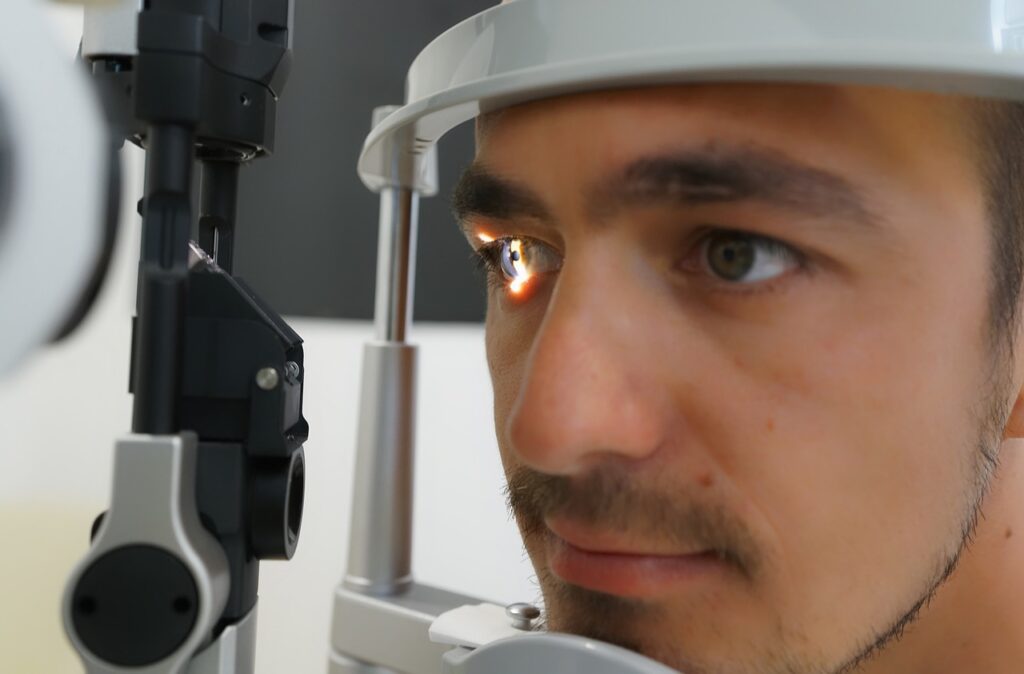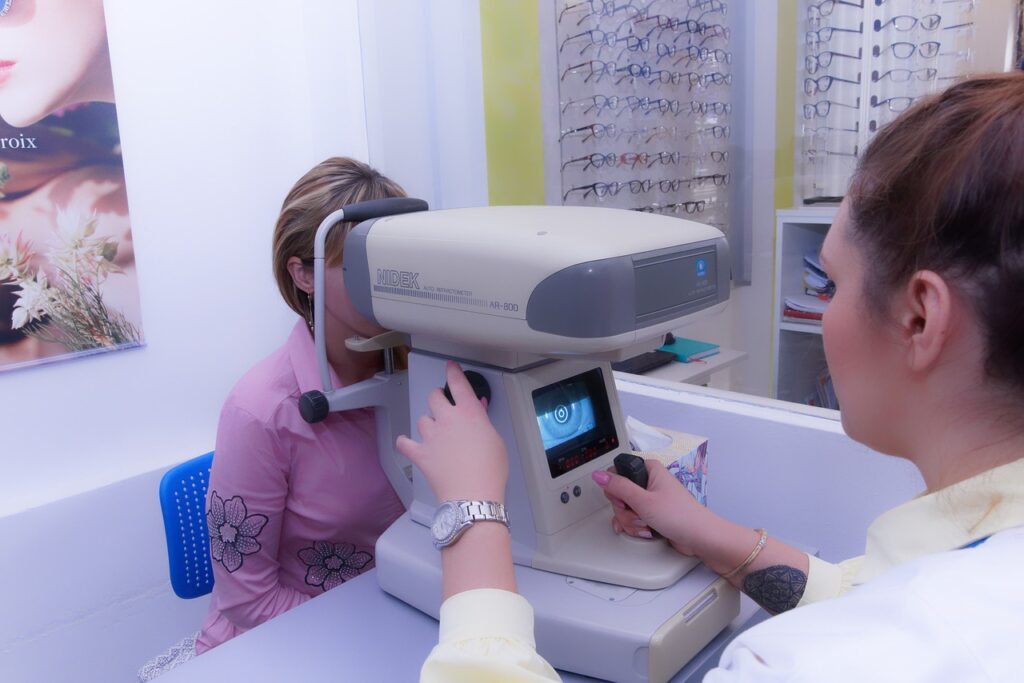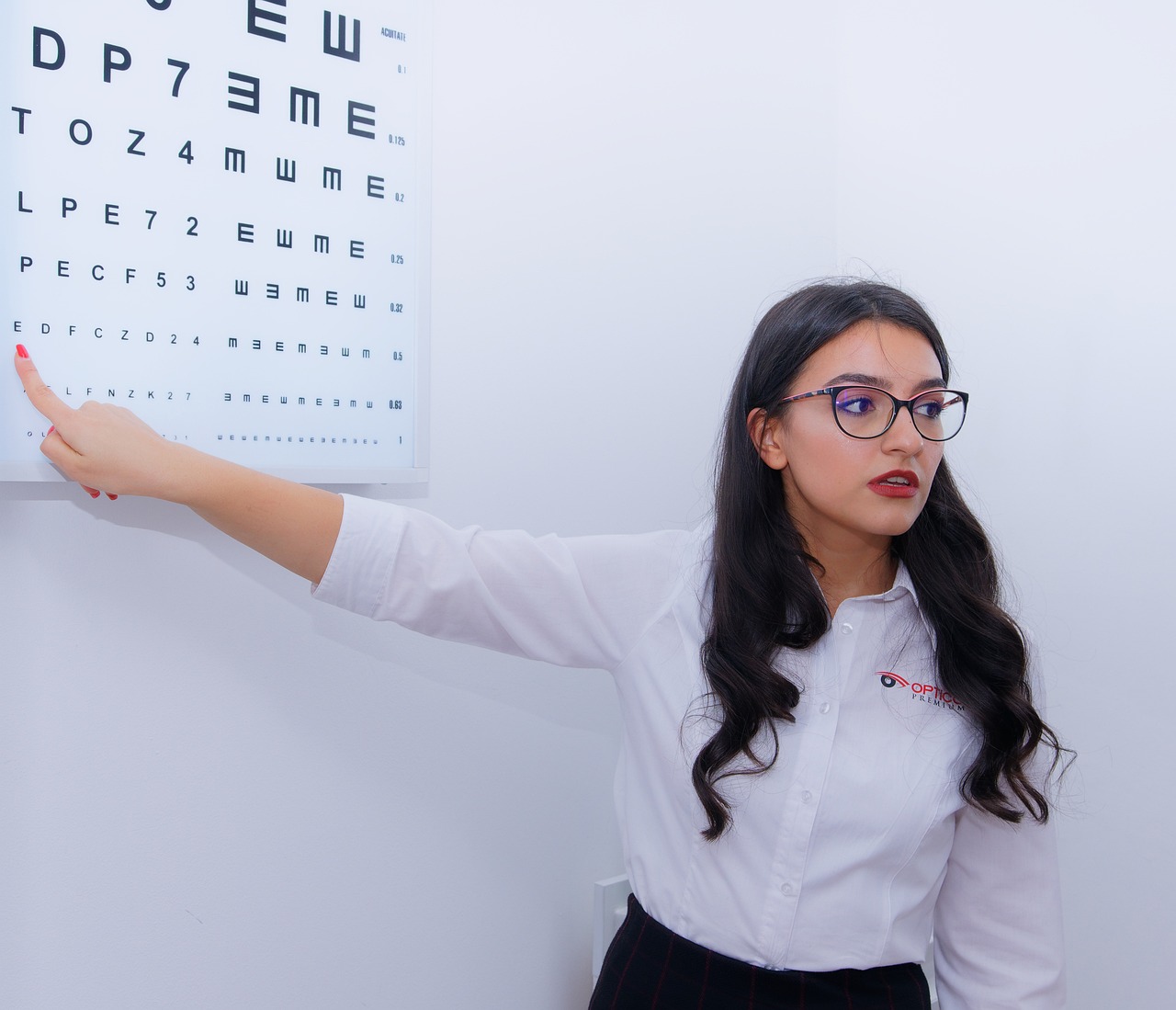When it comes to maintaining good vision, regular eye tests are essential. Whether you’re noticing changes in your eyesight or simply going for a routine check-up, understanding your eye test scores is key to knowing how healthy your eyes are. Because during an eye exam, you need to get the correct prescription glasses that match your eye prescription. But if you’ve ever left an eye exam wondering what your results actually mean, you’re not alone. The terms and numbers involved can be a bit confusing if you’re not familiar with them.
In this blog post, we’ll break down what eye test scores mean, how they’re measured, and what the different numbers and terms indicate about your vision. Whether you’re getting your first eye test or are just curious about how to interpret your results, this guide will help you make sense of everything.
What Are Eye Test Scores?
Eye test scores are the results you get after undergoing a visual exam. The exam itself checks the clarity of your vision, how well you can see objects at various distances, and whether there are any underlying eye health issues. The scores provide a snapshot of your vision, helping to diagnose any potential problems and determine the best course of treatment if needed.
Typically, your eye test results will include a few different scores depending on the type of test. The most common tests are visual acuity tests, refractive error tests, and tests for other conditions like level of astigmatism or glaucoma. Visual acuity, which is usually recorded as a fraction (e.g., 20/20, 20/40), is one of the most widely recognized eye test scores, but there are other factors to consider as well.

Understanding Visual Acuity Scores
Visual acuity scores are perhaps the most familiar of all eye test scores. This score measures the sharpness or clarity of your vision. The results are typically expressed in a fraction. For example, a 20/20 score is considered normal vision. But what does that actually mean?
The numerator (the first number) refers to the distance you are standing from the eye chart, typically 20 feet. The denominator (the second number) represents the distance at which a person with normal vision could read the same line. So, if you have 20/40 vision, it means you can read at 20 feet what a person with normal vision could read at 40 feet. The larger the denominator, the worse your visual acuity.
Having a score of 20/20 doesn’t necessarily mean your vision is perfect, but it does indicate that you have clear, sharp vision at a standard distance. If your score is lower, it might indicate the need for corrective lenses like glasses or contact lenses to bring your vision back to normal.
What Do Other Common Eye Test Scores Indicate?
While visual acuity is a key component of your eye test scores, it’s not the only measure of eye health. Other factors play a critical role in determining the overall health of your eyes.
For example, your optometrist may also check for refractive errors, which include nearsightedness (myopia), farsightedness (hyperopia), and astigmatism. These conditions are usually reflected in additional scores, such as spherical (SPH) and cylindrical (CYL) measurements. These measurements tell you how strong your prescription is for glasses or contact lenses.
If you have myopia, for instance, you may have a negative SPH number (e.g., -2.00), indicating that you are nearsighted and need corrective lenses to see objects at a distance. Conversely, a positive SPH number (e.g., +1.50) would suggest hyperopia, or farsightedness, where you have trouble seeing close-up objects.
Astigmatism is another common condition that can appear in your eye test scores. This is typically measured in terms of the axis of the cornea and how much curvature there is. If your optometrist detects astigmatism, you may see a CYL score with additional numbers indicating the degree of irregularity in the curvature of your eye. This will help determine what type of corrective lenses you need.

Eye Test Scores and Eye Health Conditions
Eye test scores don’t just reveal how well you can see—they can also indicate underlying health conditions that might affect your eyes. For example, an eye test may also include a check for eye pressure, which can indicate conditions like glaucoma. Glaucoma is a serious condition that can lead to vision loss if left untreated. If your eye test results show abnormal pressure levels, your optometrist may suggest further testing or treatment.
In addition to glaucoma, eye tests can also help detect signs of cataracts, macular degeneration, and diabetic retinopathy. These conditions don’t always cause noticeable symptoms in their early stages, but regular eye exams can help identify them before they progress too far.
Your optometrist may also check for other conditions, such as strabismus (misalignment of the eyes) or amblyopia (lazy eye), which can affect your ability to focus and see clearly. These conditions are often detected early in children but can be diagnosed at any age during a routine eye exam.
How Can You Improve Your Eye Test Scores?
If your eye test scores aren’t as high as you’d like them to be, don’t worry, there are several ways to improve or manage your eye health. The most common method for correcting vision problems is through prescription glasses or contact lenses. If you have refractive errors like short-sightedness or astigmatism, your optometrist can prescribe the right corrective lenses to help you see more clearly.
In some cases, refractive surgeries like LASIK or PRK may be an option if you’re seeking a more permanent solution to vision problems. These procedures reshape the cornea to correct common refractive errors, allowing you to rely less on glasses or contacts.
Additionally, maintaining a healthy lifestyle can have a significant impact on your eye health. Eating a balanced diet rich in vitamins A, C, and E, as well as omega-3 fatty acids, can promote better vision. Regular physical activity and protecting your eyes from UV exposure can also help preserve your eye health over the long term.
Lastly, if you’re experiencing any discomfort or issues, such as feeling heavy eyes or vision difficulties, it’s important to follow up with your optometrist regularly. Consistent eye exams are crucial for early detection of any eye issues and ensuring that you receive the right care.

Conclusion
Understanding your eye test scores is a critical part of maintaining good eye health. From visual acuity to refractive errors and signs of underlying health conditions, your eye test results can provide valuable insights into the state of your vision. If your scores indicate a need for corrective lenses, don’t hesitate to consult with your optometrist about the best options for you.
If you’re unsure about any part of your eye exam results, be sure to ask your optometrist for clarification. They can provide more detailed explanations for each score and help you find the best way to maintain your vision and choose the right eyeglasses.
Have you recently had an eye test? What was your experience, and what did your eye test scores reveal? Leave a comment below, we’d love to hear from you.
For more information on eye care and eyewear options, visit us at Optics4Less.

